Despite being mostly landlocked, Moldova has access to the Danube River, with a narrow strip of land, about 3 kilometers wide, separating it from the Black Sea, courtesy of Ukraine. The Moldova hills are geologically aligned with the Carpathian Mountains, contributing to the region’s unique topography. As you explore the cultural diversity enriched with Eastern European content, it’s essential to be aware of potential wildlife encounters, although Moldova is not particularly known for dangerous animals. Being informed about wildlife safety measures can enhance your overall experience in this distinct Eastern European destination.
Table of Contents
Why visit Moldova?
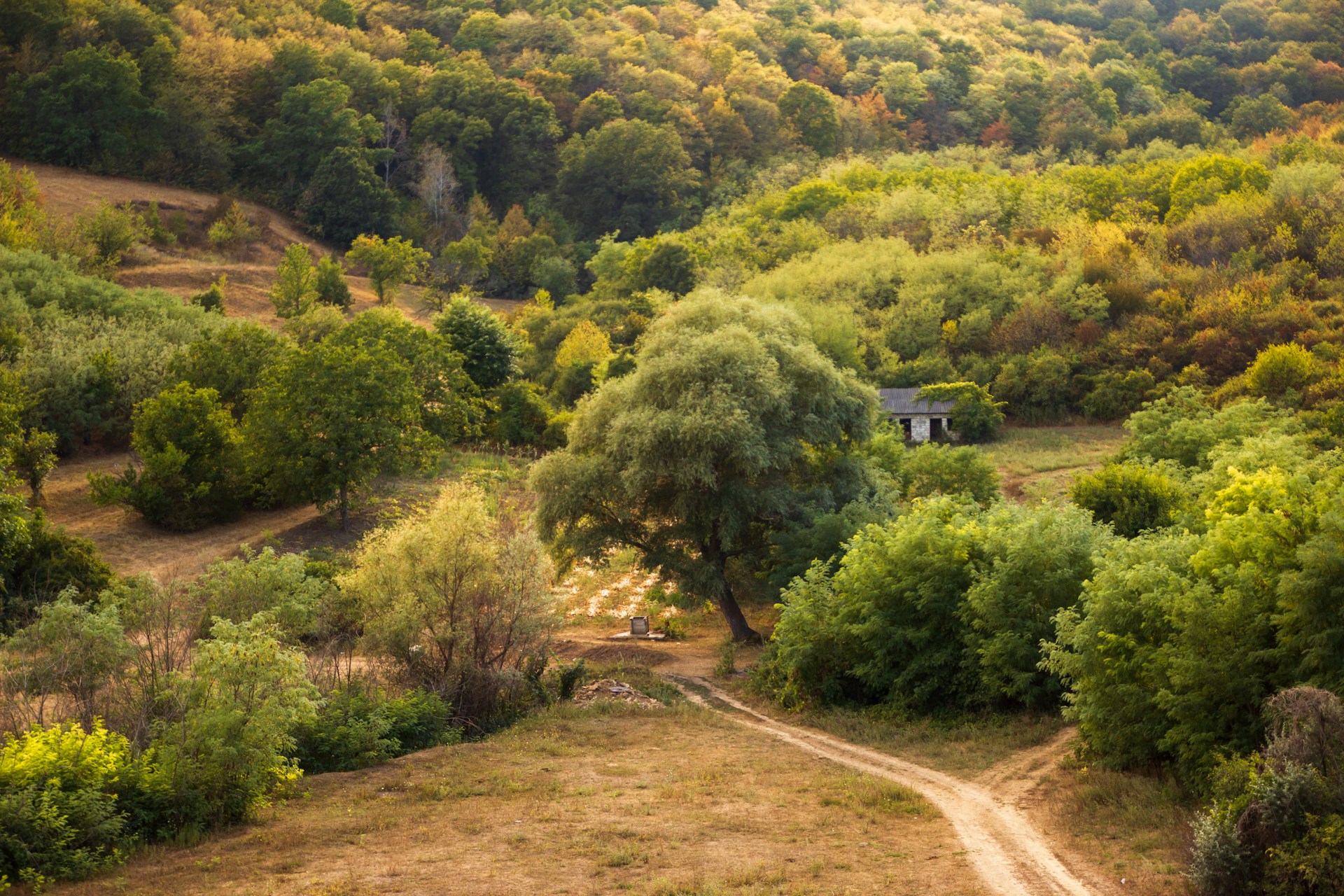
Moldova is a unique country with exceptional climatic conditions. Being in close proximity to the Black Sea, the effects of sea winds result in mild and cool winters, while summers are hot and wet. The ideal summer temperature hovers around 26 degrees Celsius, with rainfall typically ranging from 400 to 600 millimeters.
Further reading: Christmas in Moldova
This creates a distinctive environment where various species thrive. However, it’s crucial to stay safe, as different creatures in Moldova can pose a threat. Here are some of the dangerous animals you might encounter during a trip to Moldova.
Wolves
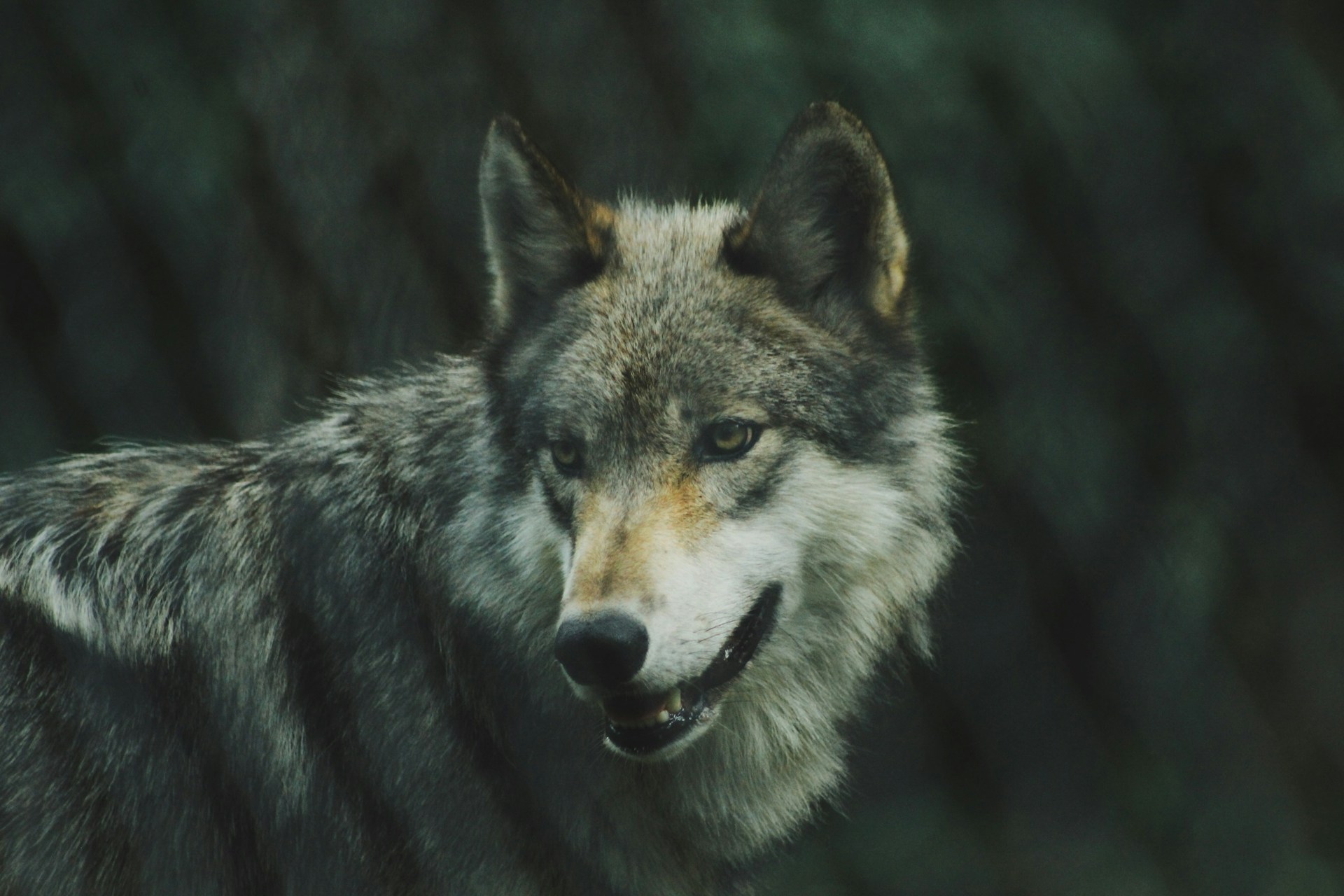
Wolves, perhaps one of the most dangerous creatures that need no introduction, are commonly found in dense forests across Moldova. They often traverse various parts of the country, and their numbers have increased due to adequate food and forest conservation. Equipped with sharp teeth and claws, these creatures can pose a threat, carrying rabies-causing bacteria. A bite or scratch from a wolf can lead to a rabies infection. Given the potential danger, it is crucial to stay safe and maintain a safe distance from wolves in the region.
Aesculapian Snake
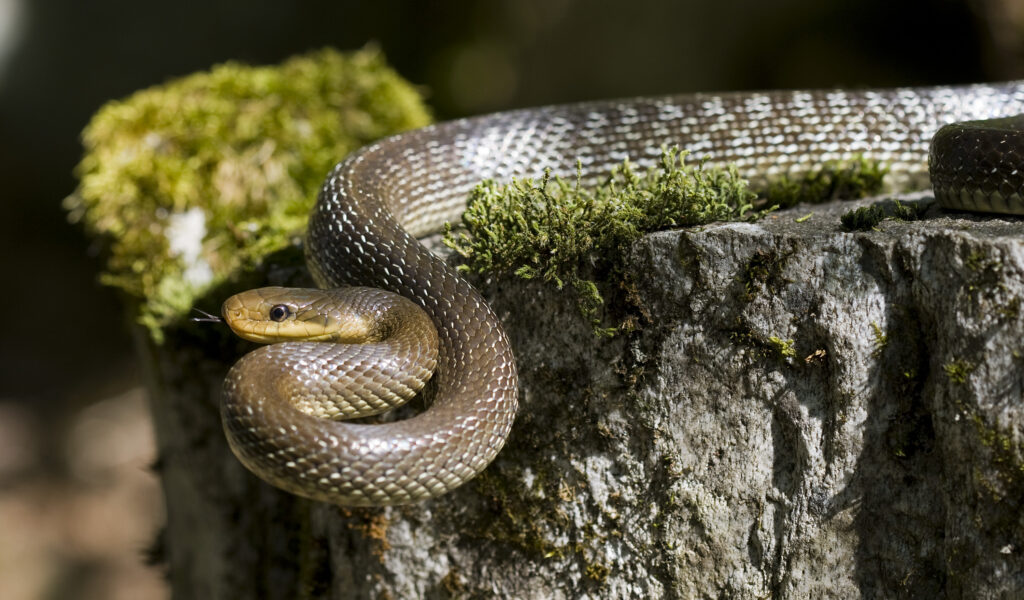
The aesculapian snake, a long and slender species growing up to 6.5 feet, boasts dark bronze colors and smooth scales, giving it a metallic sheen. During your trip to the region, be vigilant about the places you visit to avoid any encounters with these snakes. Armed with fangs that deliver venom, the snake’s bite affects the central nervous and cardiac systems, causing paralysis. People with compromised immunity may face fatal consequences.
Brown Recluse Spider
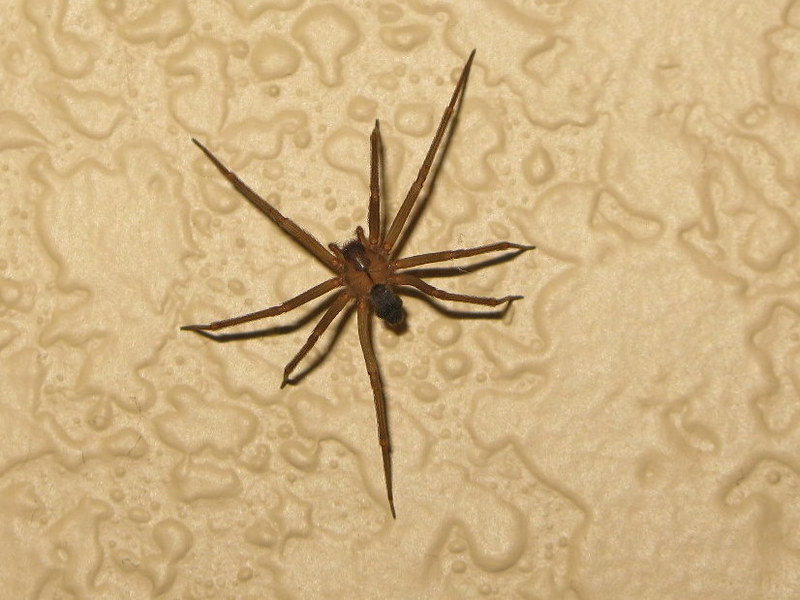
Moldova, like Europe, is home to various spider species, including the potentially dangerous brown recluse spider. Growing up to 5 inches long, these spiders have venom in their systems. They thrive in different habitats, such as grasslands, vegetation, and residential areas. Despite their bite feeling like a bee sting, the venom is hemotoxic and neurotoxic, with potentially severe consequences. Brown recluse spiders prefer dark environments and may deliver highly potent venom, causing paralysis and affecting the respiratory and cardiac systems.
Golden Eagles
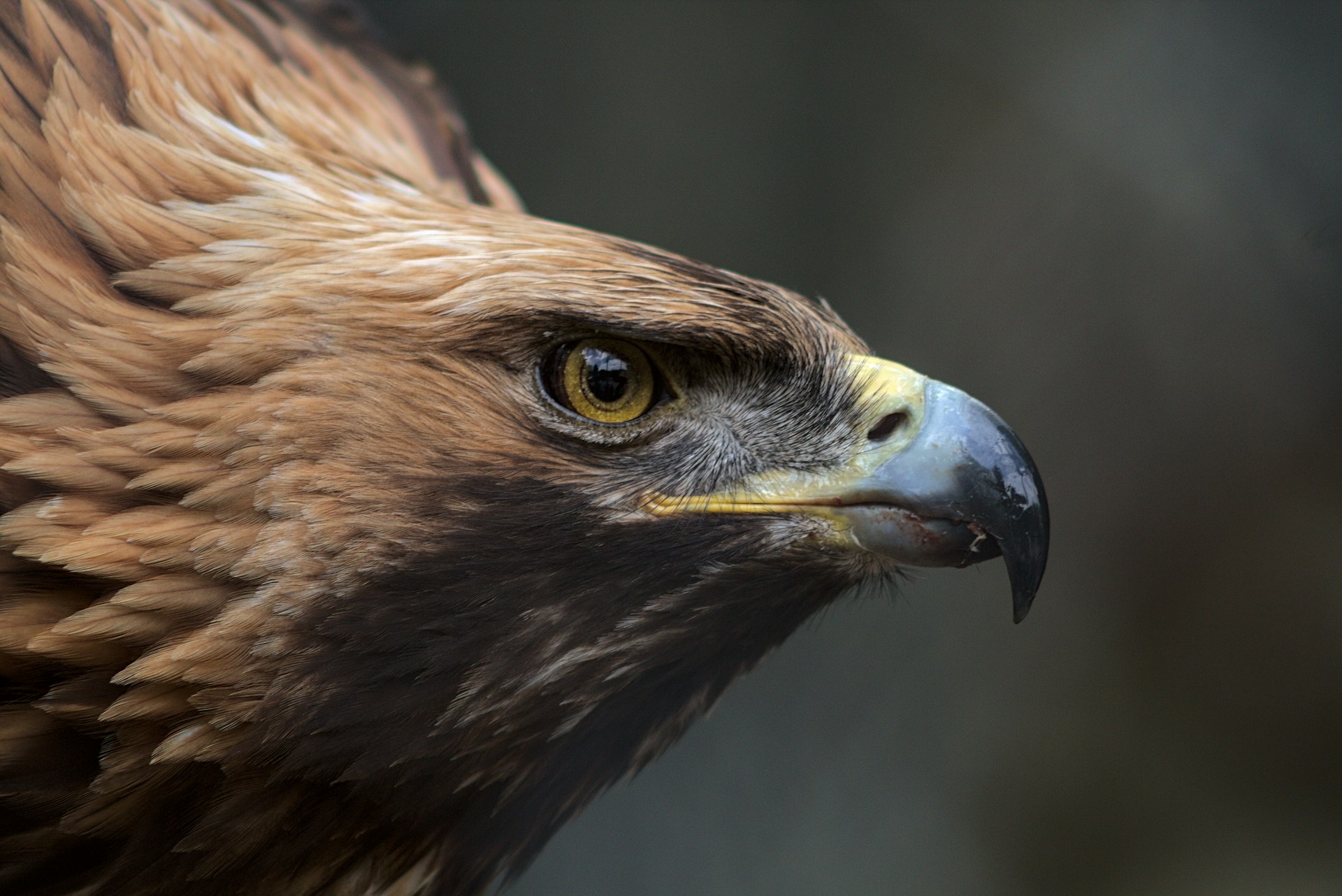
During your Moldova trip, you may encounter golden eagles, commonly found in mountainous regions, often moving in pairs. These territorial birds prey on various creatures like marmots, rabbits, and rodents. Flying at speeds of up to 320 kilometers per hour, they dive to catch prey within seconds. While attacks on humans are rare, it’s essential to avoid carrying food openly, as they might become aggressive. Additionally, golden eagles carry bacteria that can cause infections.
Wild Boar
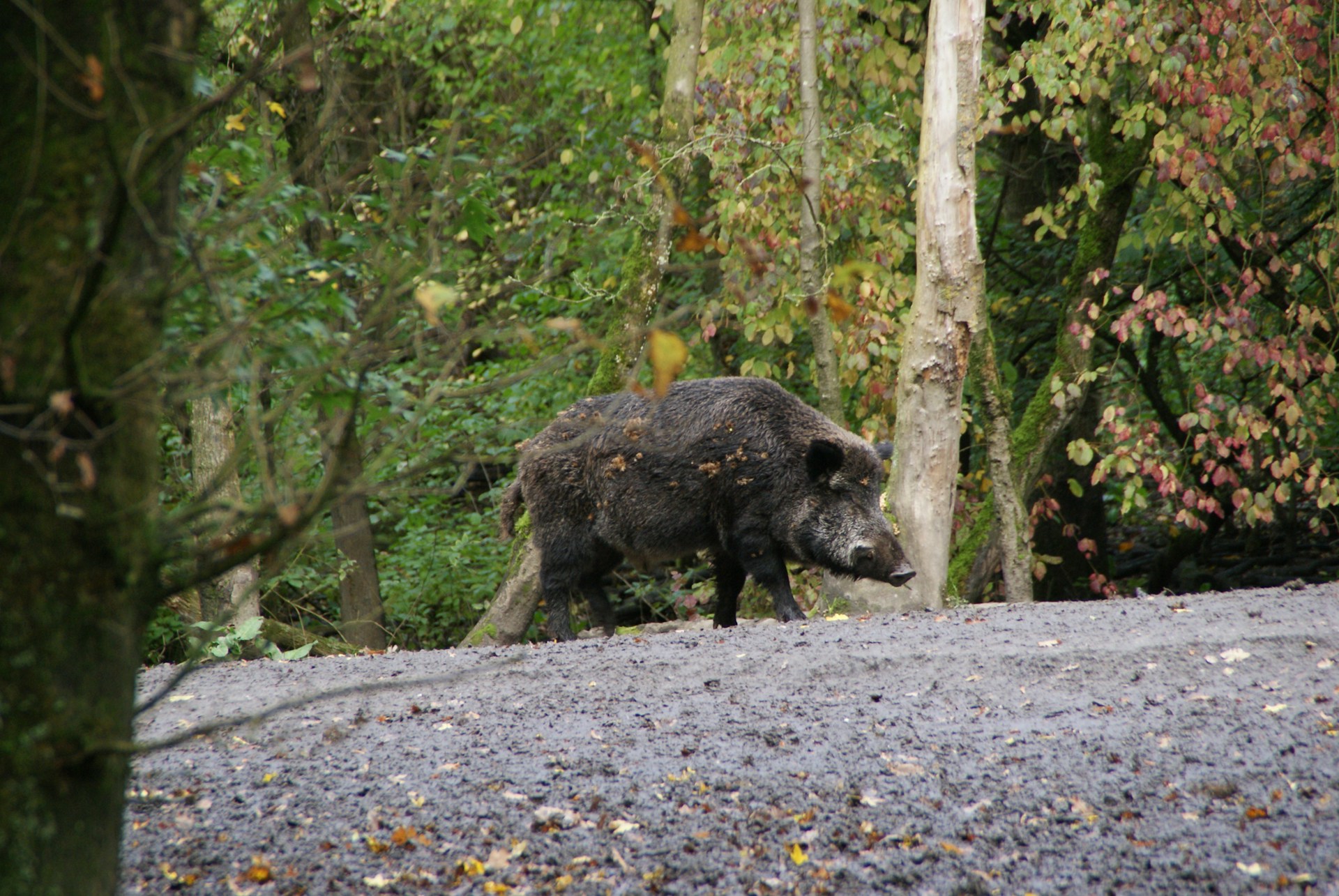
Wild boars, also known as feral pigs, roam freely in Moldova’s natural habitat and can be considered dangerous. Despite their seemingly cuddly appearance, it is crucial to avoid them as they can grow up to 1.5 meters and weigh up to 400 pounds. Equipped with sharp tusks, wild boars can be aggressive, particularly during the mating season or when protecting their young. While human attacks are rare, maintaining a safe distance is advisable to prevent any potential encounters.
Ticks
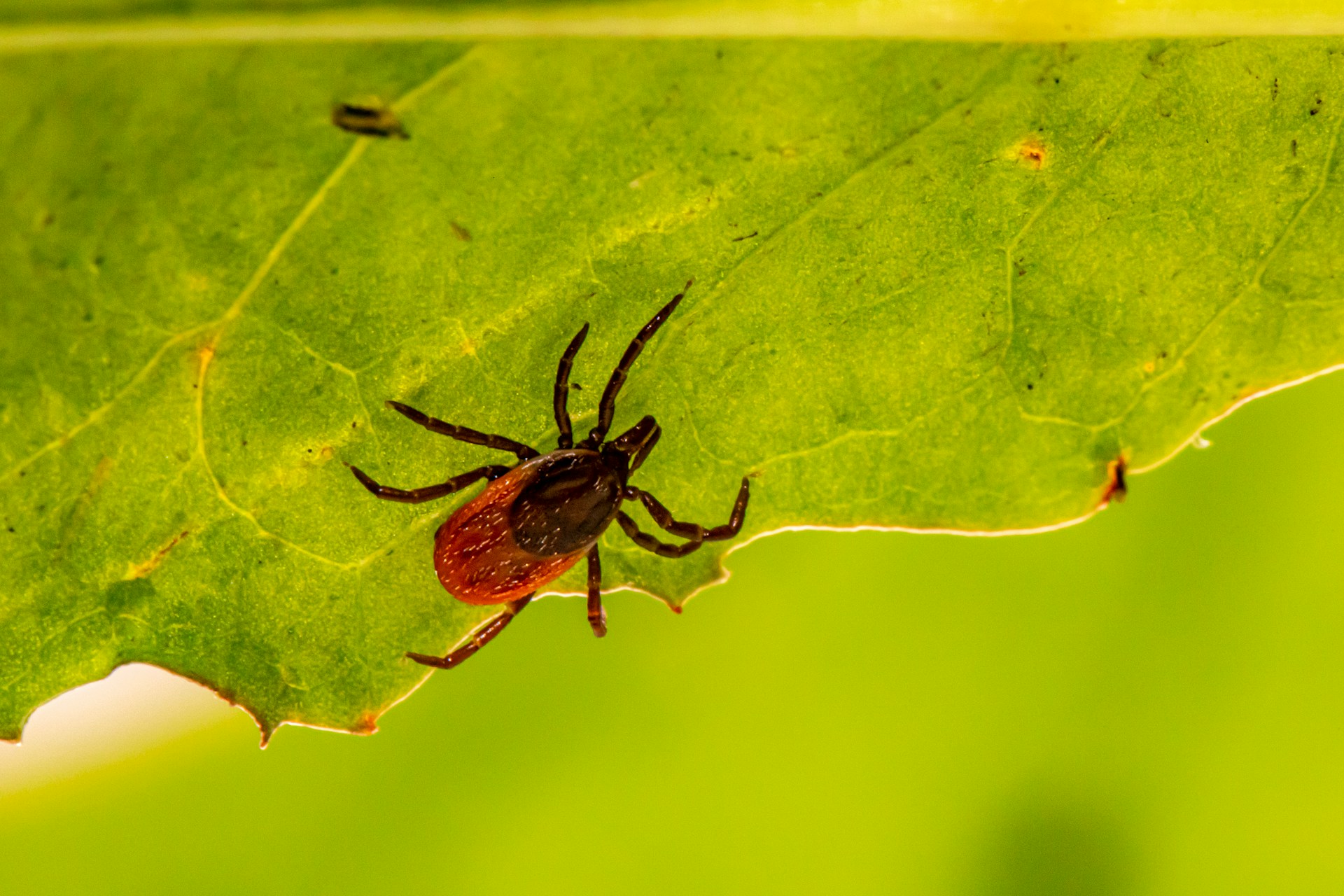
Ticks are tiny yet dangerous creatures you may encounter during a trip to Moldova. Known carriers of bacteria and various infections such as encephalitis and Lyme disease, ticks typically inhabit grassland areas. When venturing outdoors, it’s crucial to dress properly to minimize the risk of tick bites.
These creatures have a unique life cycle involving attaching to a host, sucking blood, and laying eggs before falling to the ground to produce new ticks. If bitten, seek immediate medical attention to prevent bacterial infection or pathogen transmission into the bloodstream.
Horned Viper
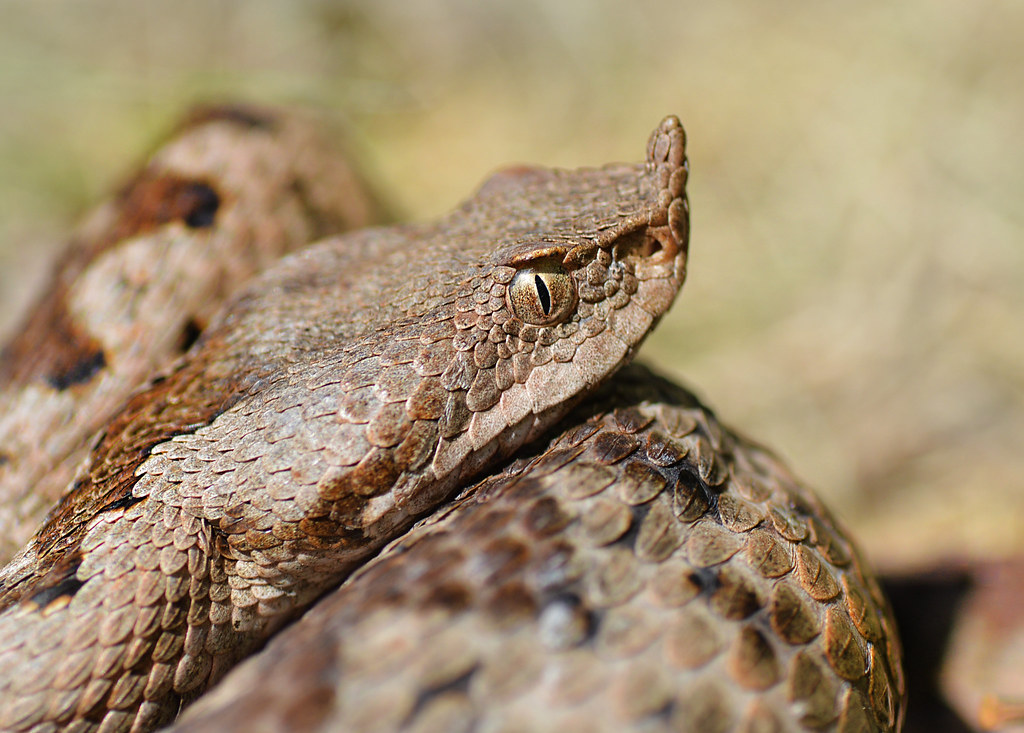
The horned viper, found in southern parts of Moldova, is one of the most dangerous animals in Moldova. Recognizable by the two horns on its head, this snake is venomous and releases venom when feeling threatened. With fangs to deliver the venom, it’s essential to maintain a safe distance. Commonly found along rivers and human settlements, horned vipers pose a significant danger.
While they are generally shy, they may attack when feeling threatened, producing a hissing sound before striking. Side effects of their bite include localized swelling, excruciating pain, rapid heartbeat, respiratory failure, discoloration, and other dangerous symptoms. Prompt administration of anti-venom is crucial to prevent fatalities.
Lynx
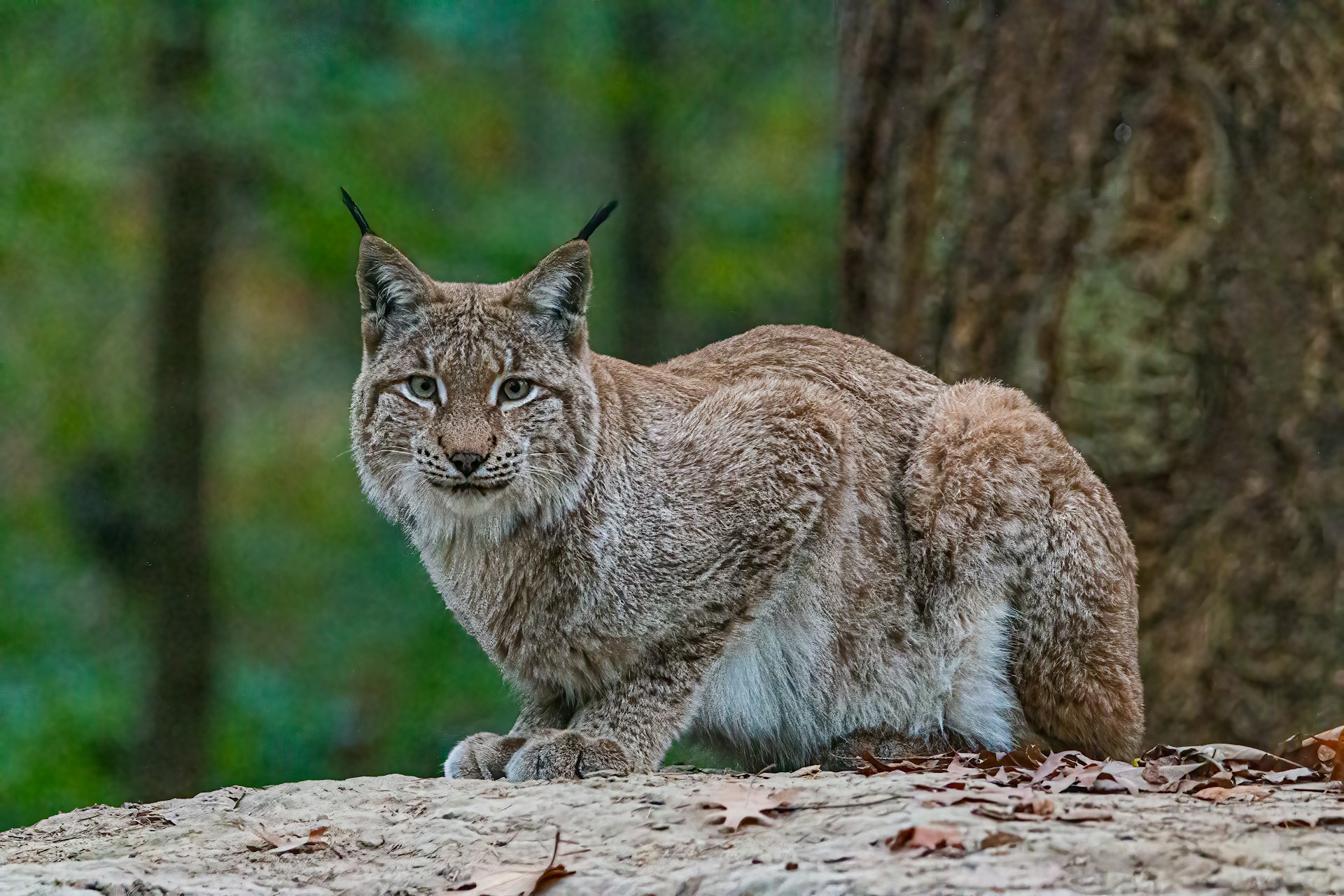
The Eurasian lynx, commonly found in Moldova, is a carnivorous species consuming small animals like rodents, deer, and antelopes. While these shy animals mostly inhabit dense forests and grasslands, encountering them is possible during your trip. Varying in colors from grey to brown and reddish with black spots, lynxes are generally solitary creatures. Although human attacks are rare, maintaining a safe distance is advised for safety.
Brown Bear
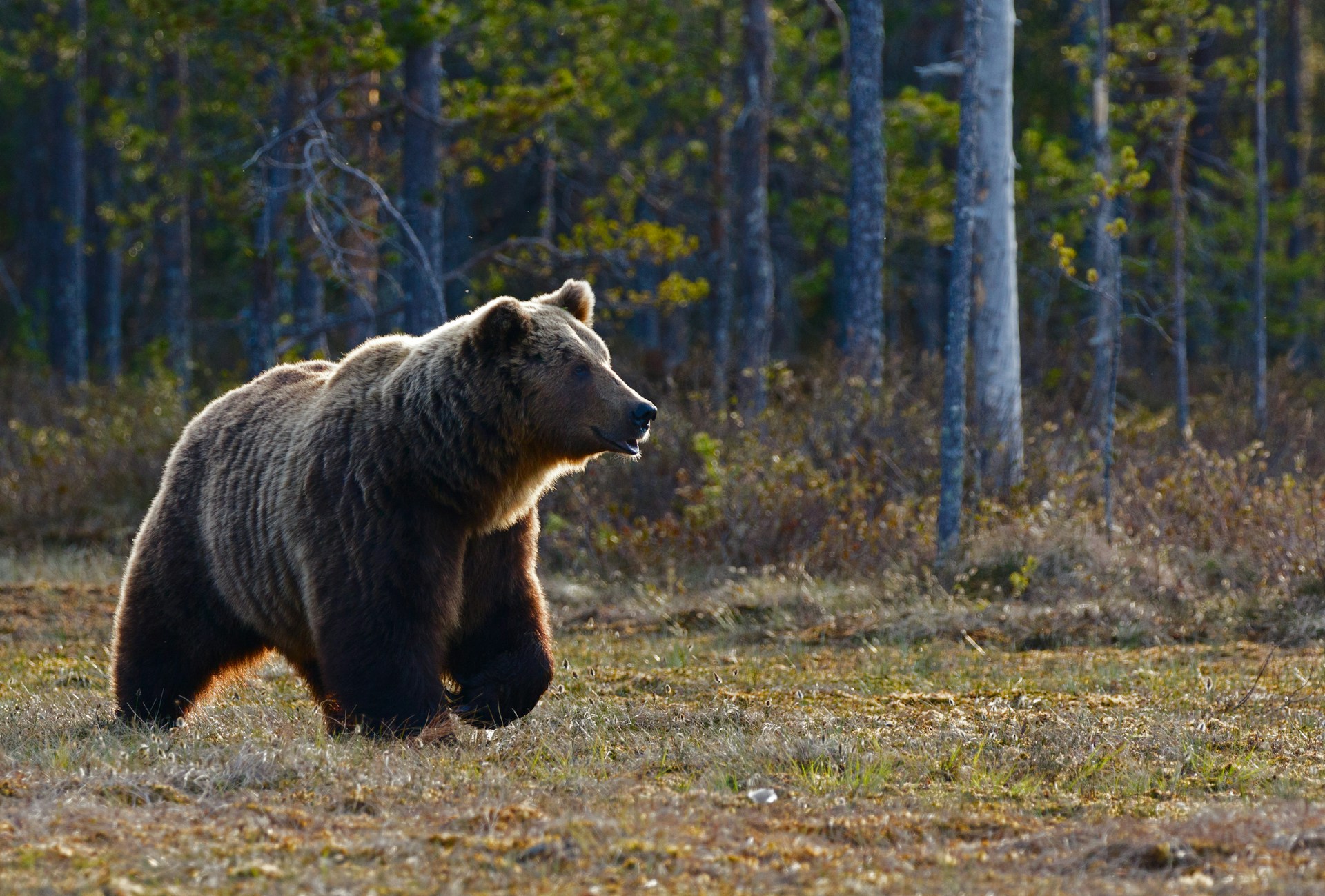
Contrary to common belief, brown bears are found in European regions, including the Austrian and Moldavian mountains. Although generally sly and elusive, encounters during a trip to Moldova are possible. With over 20,000 brown bears in Europe, these creatures can grow to large sizes, possess strong jaws and sharp claws, and may cause permanent damage. Keeping a safe distance is crucial to avoid potential attacks, but if confronted, seeking immediate medical attention is necessary.
Smooth Snake
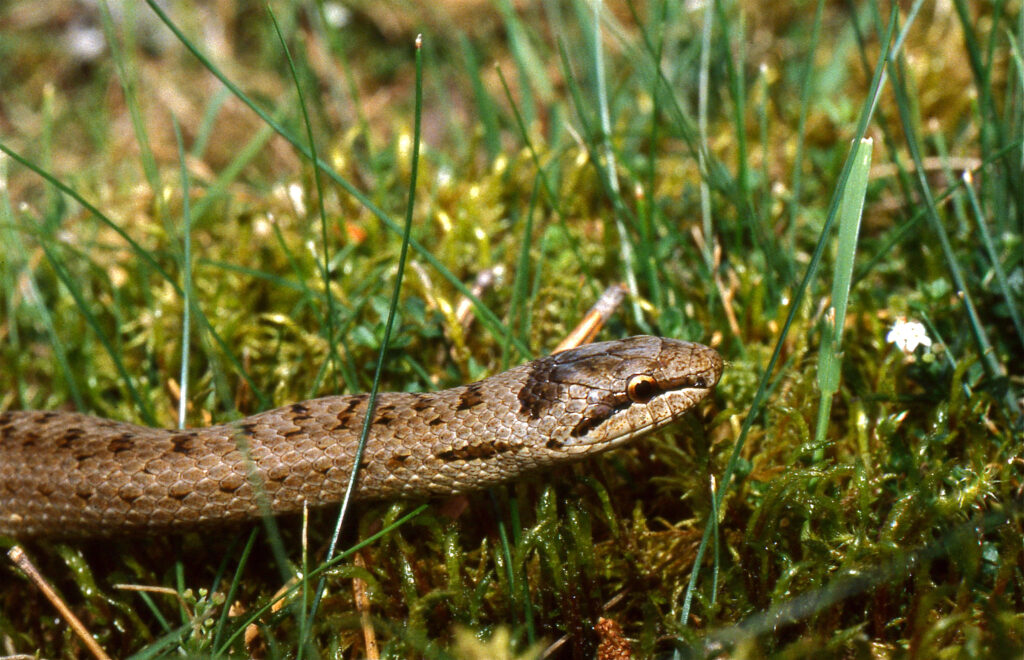
The smooth snake, growing up to 30 inches long, is one of the most dangerous animals you may encounter in Moldova. Recognizable by a dark marking on top of the head resembling a crown, these snakes use perfect camouflaging techniques and prefer hiding in burrows, under rocks, or trees. Their bites deliver venom that can cause organ failure or death, particularly if the venom quantity is high.
Common Viper
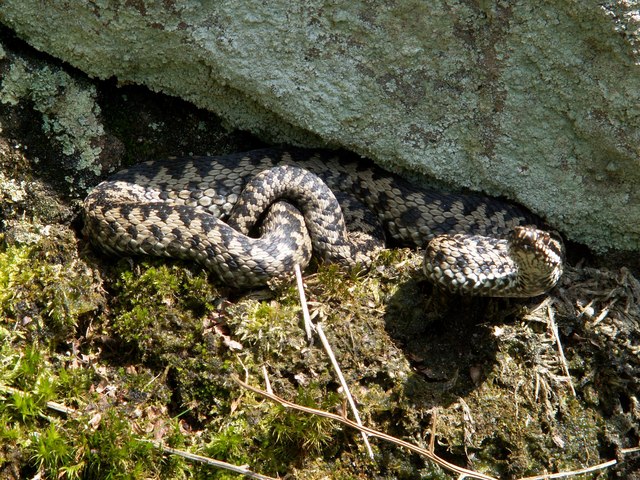
During your travels in Moldova, you may encounter the common viper, found in hillsides, meadows, woods, and grassland vegetation. Agile and venomous, these snakes are likely to bite when disturbed. Their venom can cause various allergic reactions, including respiratory and cardiac failure, difficulty breathing, and eventual death if anti-venom is not administered promptly.
When exploring forested regions, dressing appropriately and staying vigilant is crucial to minimize the risk of encountering these snakes, which come in various colors, including grey, brown, and red. The distinguishing feature is the button-like marking on their bodies.


